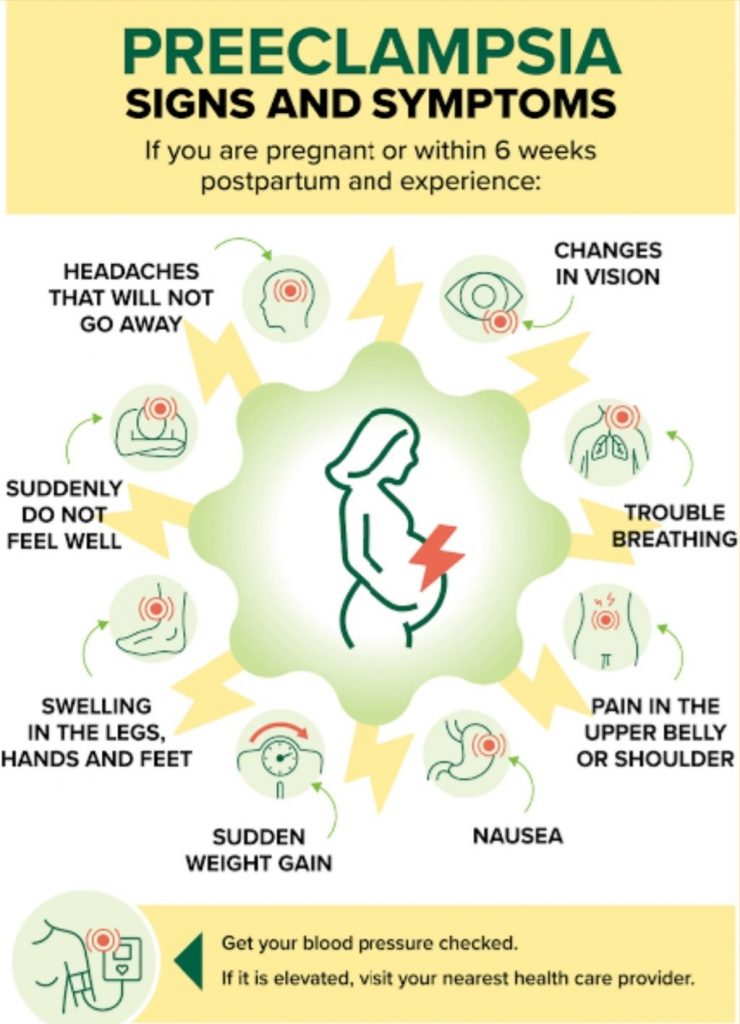Sambalpur: A five-member team of doctors from the VSS Institute of Medical Sciences and Research (VIMSAR), Burla in Sambalpur district has found preeclampsia as a serious pregnancyspecific hypertensive disorder that can lead to maternal and foetal morbidity and mortality. The in-house case-control study was conducted at VIMSAR by Satish Pradhan, Sanjeeb Mishra, Subrat Pradhan, Pranati Pradhan, and Bharati Panda. The study aimed to identify risk factors associated with pre-eclampsia in a tertiary care hospital in the state. It included 200 cases and 200 controls, and data were collected through face-to-face interviews and medical records.
The researchers found that several factors were significantly associated with pre-eclampsia, including maternal age, education, family type, husband’s education and occupation, and socio-economic status. The study used descriptive analysis, crude odds ratio, chi-square test, univariate logistic regression, and multivariable logistic regression to analyze the data. The interview included sociodemographic factors, medical history, and gestational factors to collect data from each study participant.
Specifically, the study found pregnant women under 30 years of age, with education up to primary standard, belonging to nuclear families, husbands educated up to primary standard, working as labourers, and belonging to lower middle socio-economic status were at higher risk of developing preeclampsia. These findings are consistent with previous studies that have identified similar risk factors for pre-eclampsia.
However, the study also has some limitations, including its hospital-based design, which may limit the generalisability of the findings to the broader population.
Additionally, the study did not collect data on some potential risk factors for pre-eclampsia, such as body mass index and family history of hypertension. Overall, the study provides valuable insights into the risk factors associated with pre-eclampsia in the context of a developing country. The findings suggest that targeted interventions aimed at improving maternal education and socio-economic status could help reduce the incidence of pre-eclampsia in high-risk populations.
